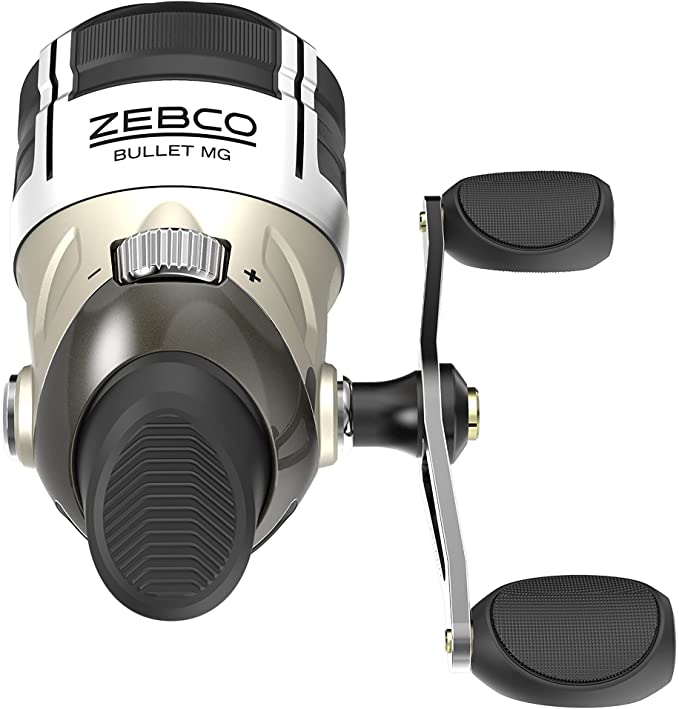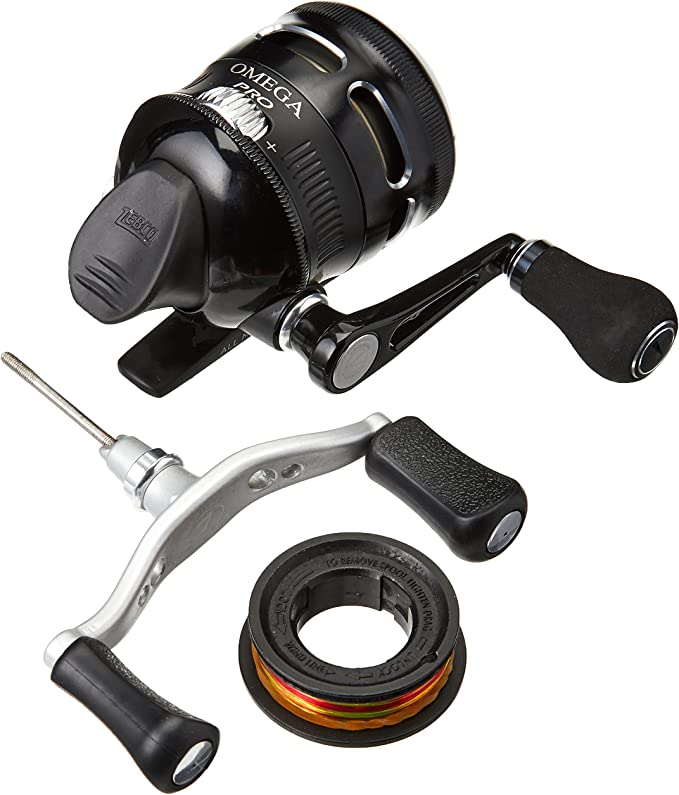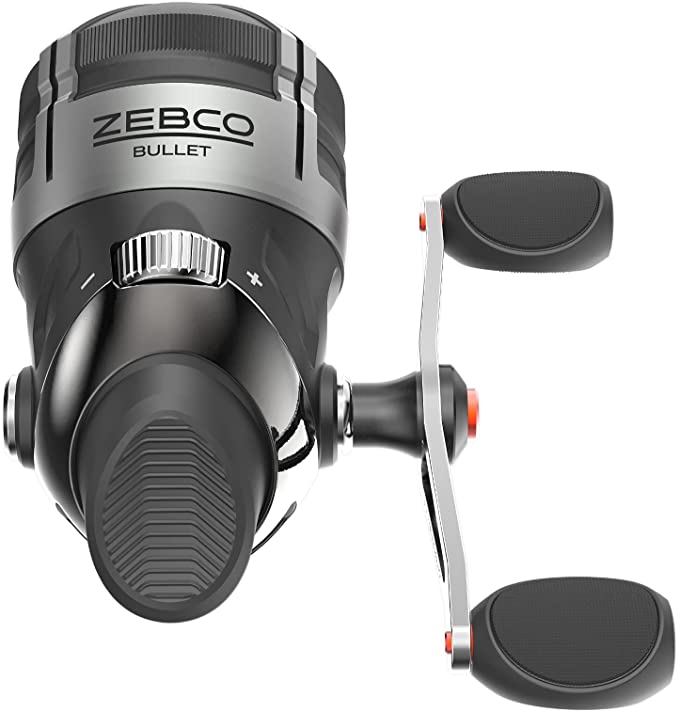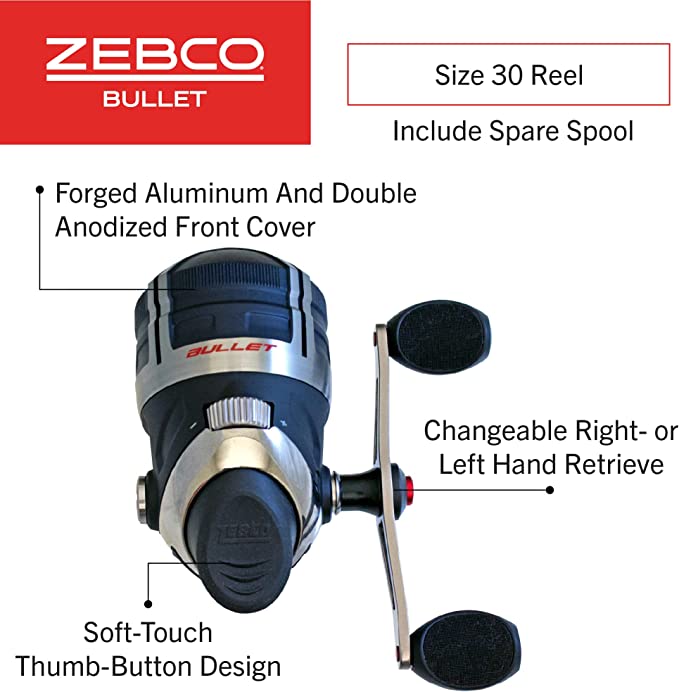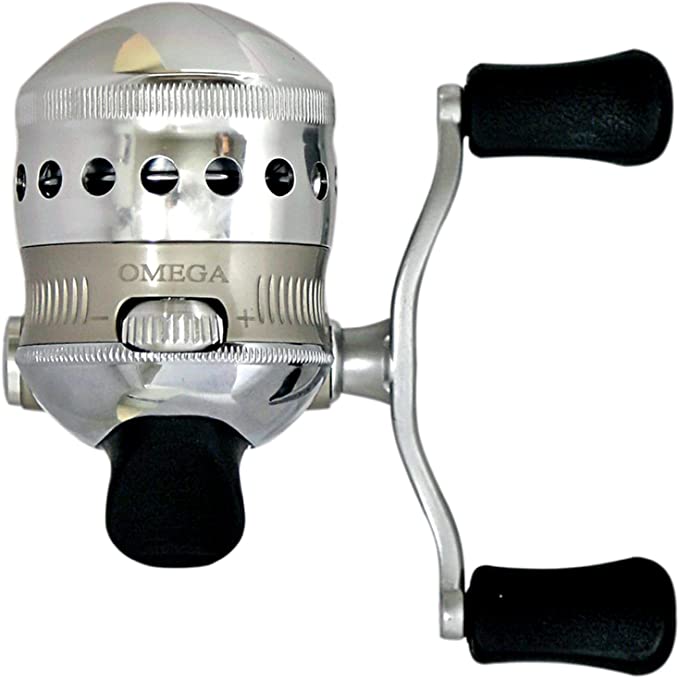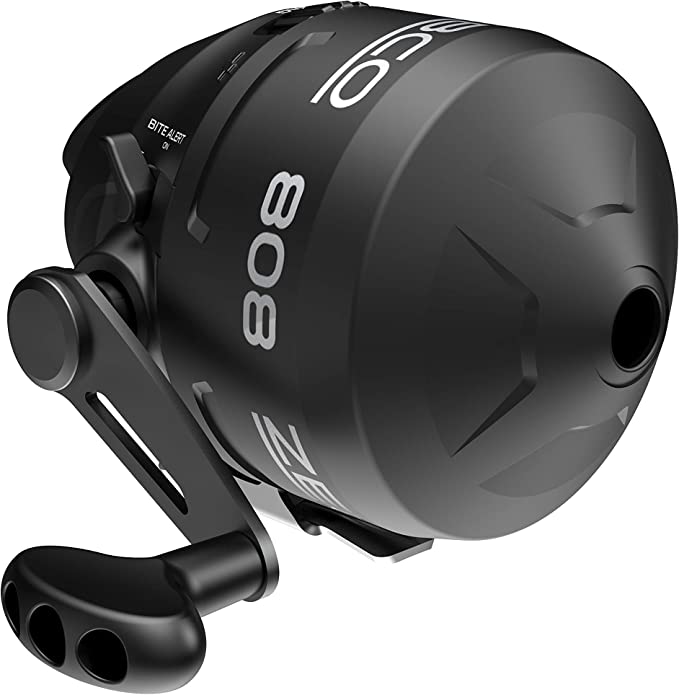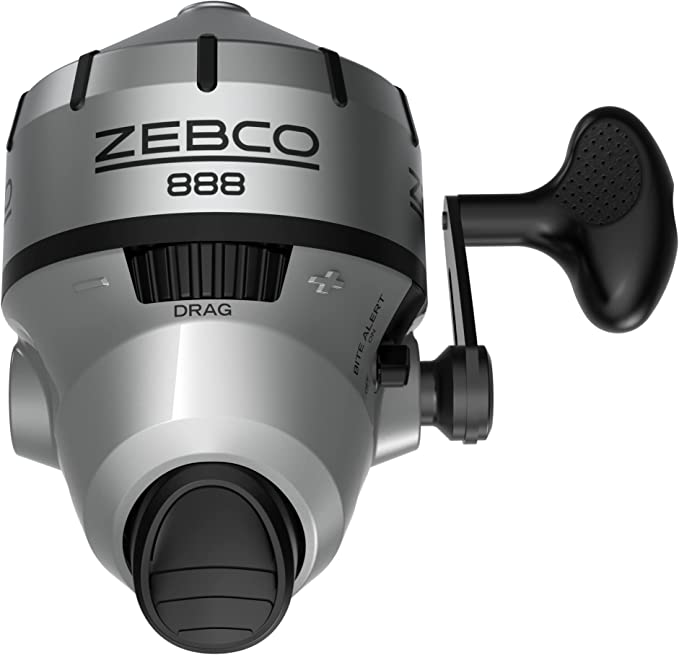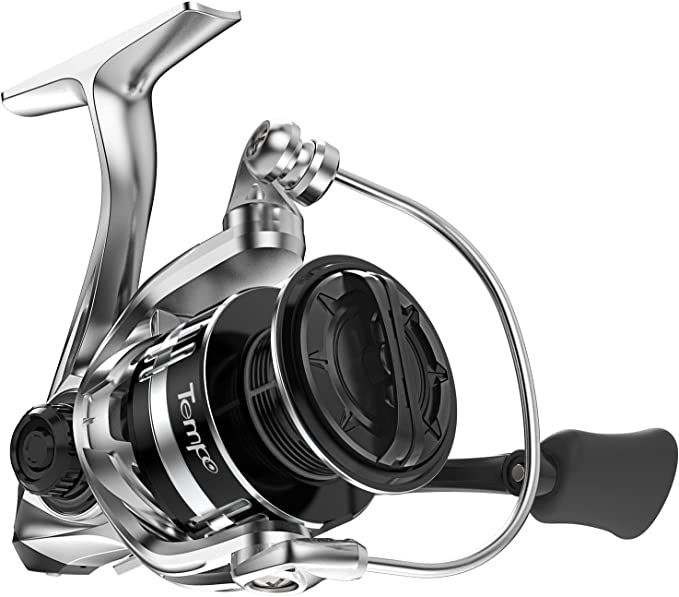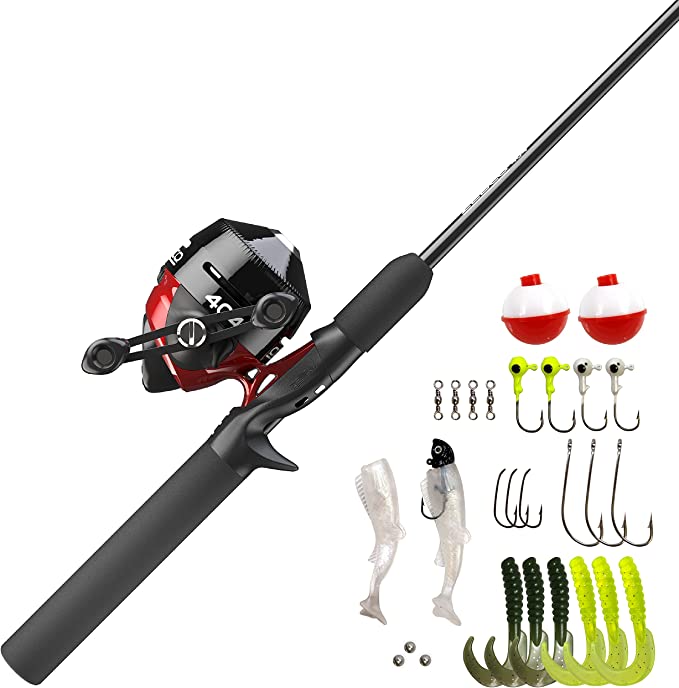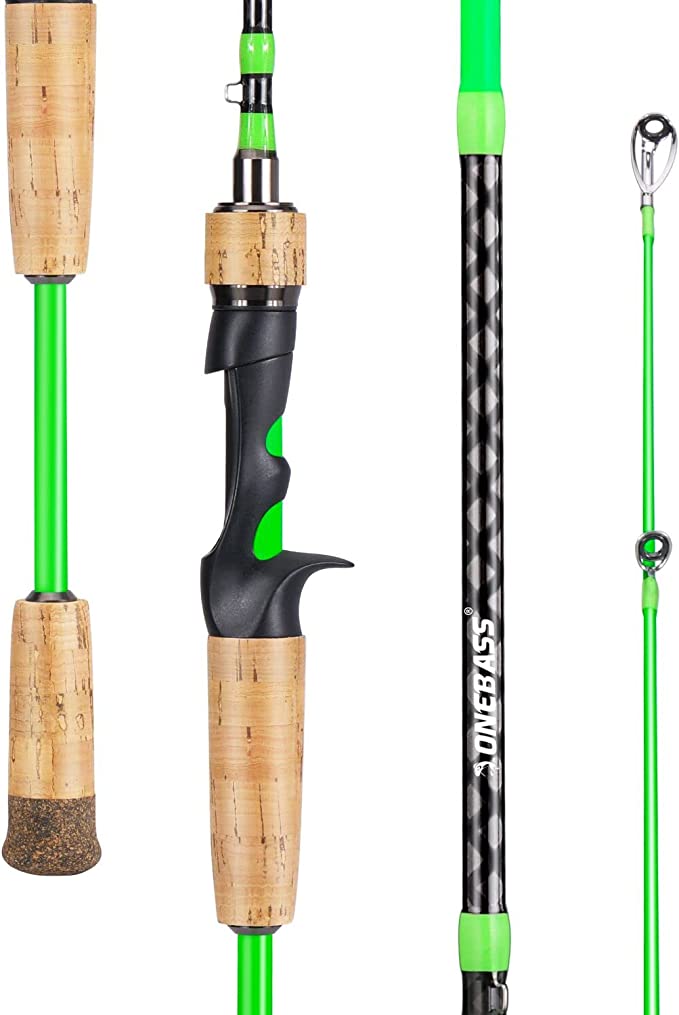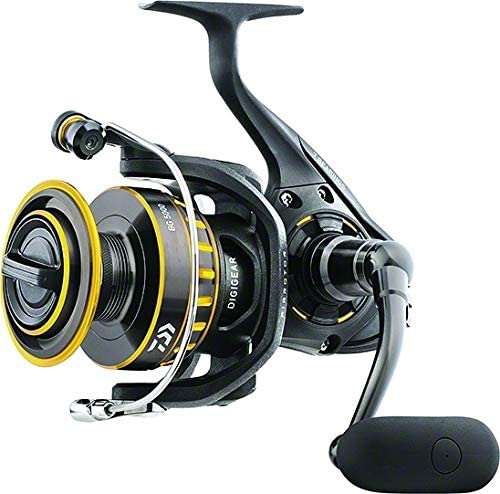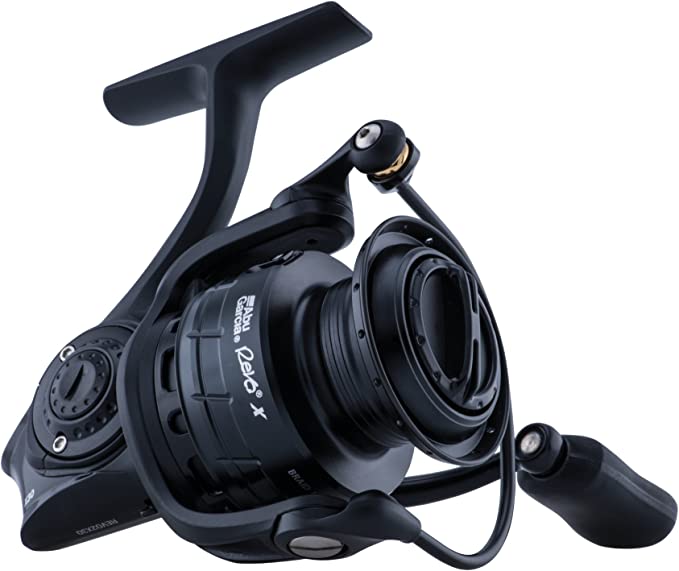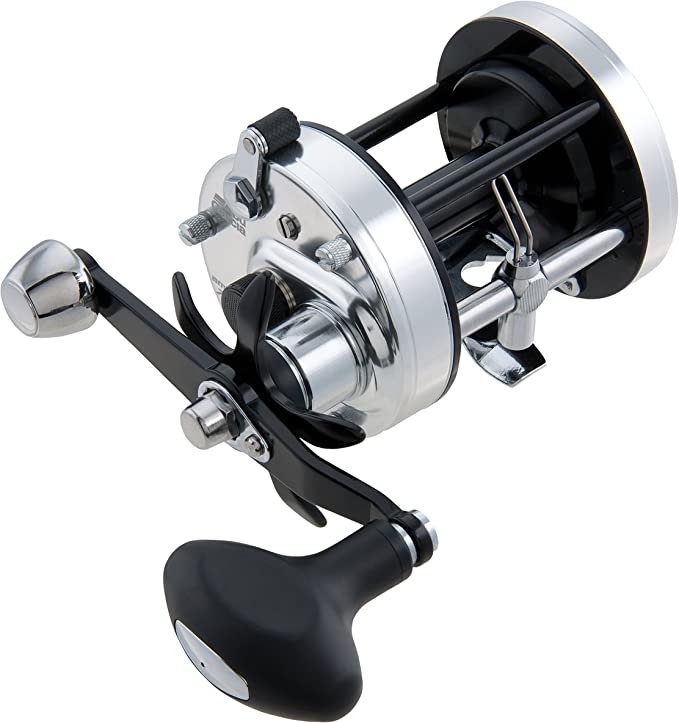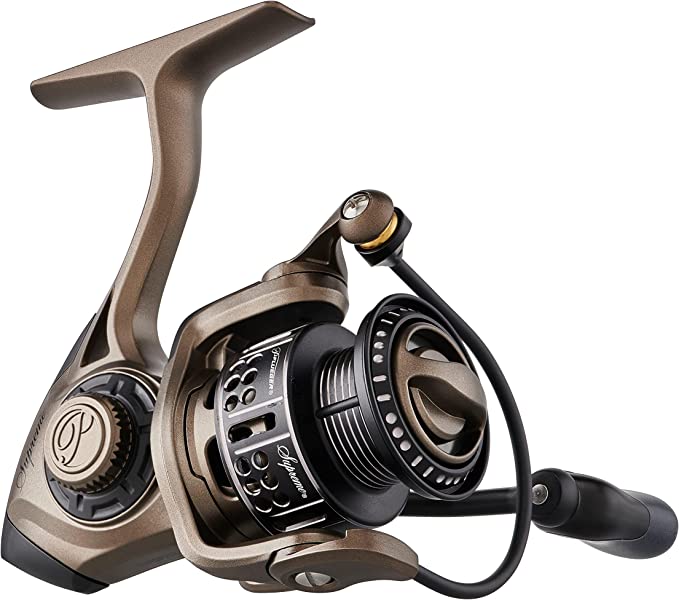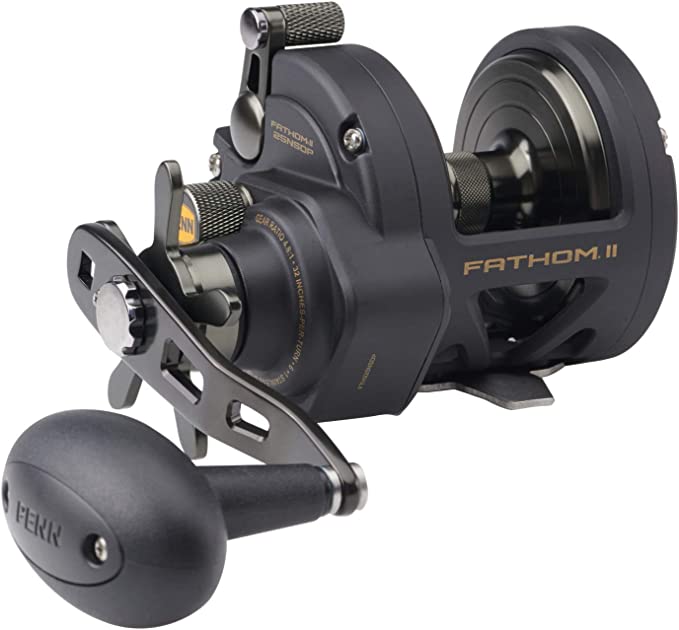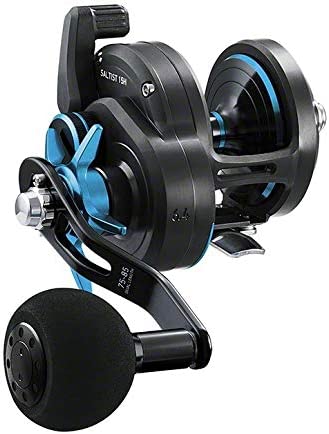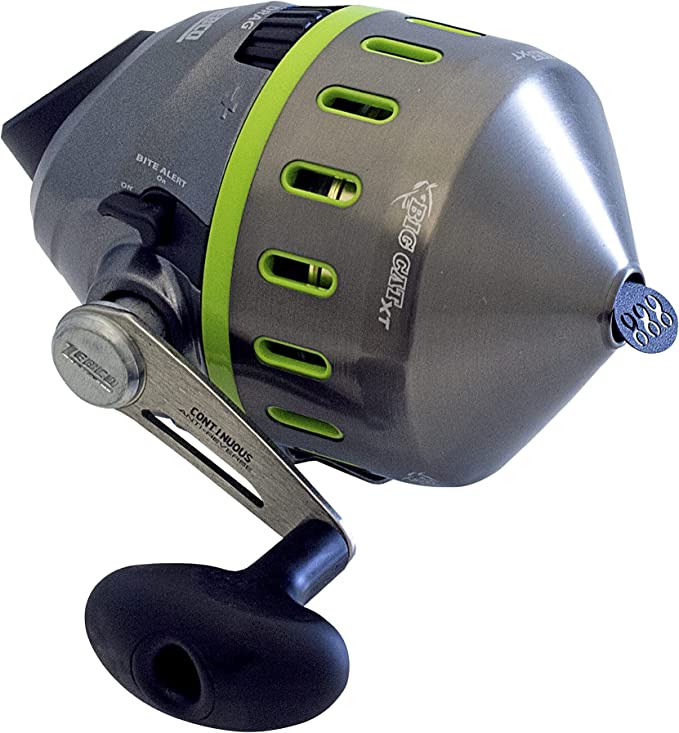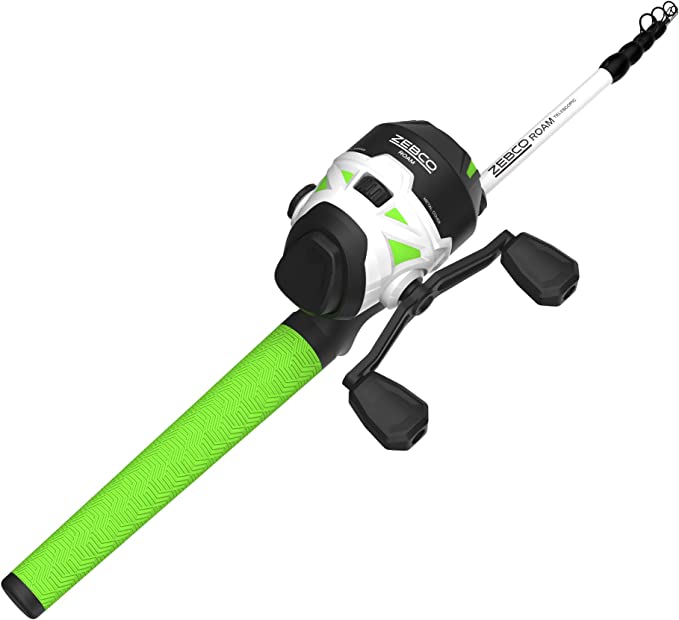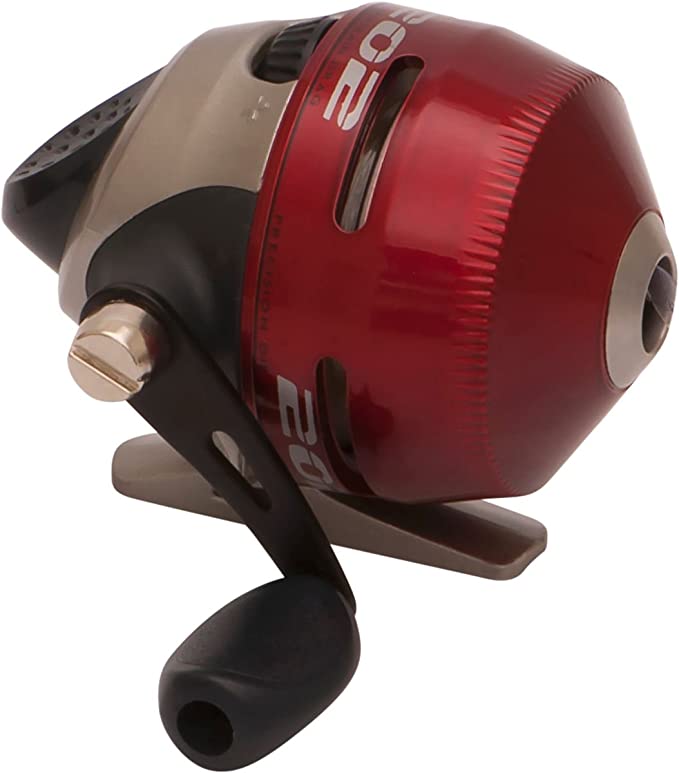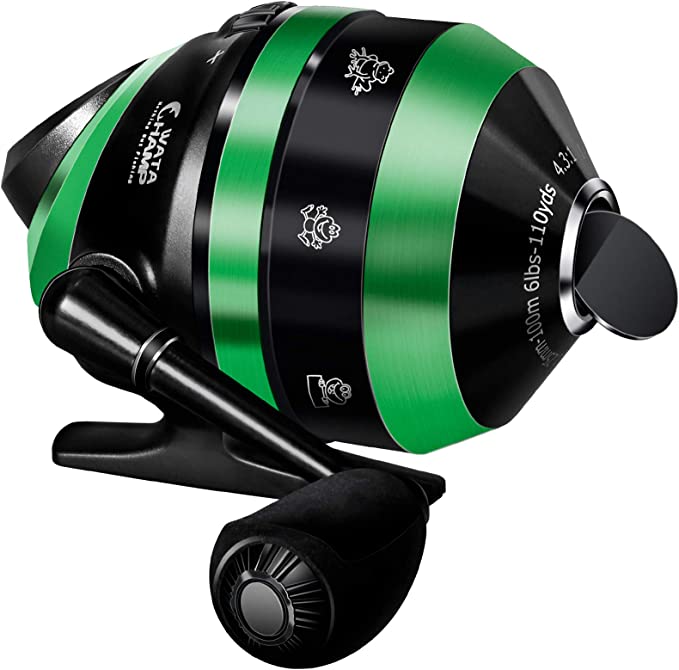From Clockmaker's Cure to Angler's Pro: The Engineering Evolution of the Spincast Reel
Update on Aug. 2, 2025, 8:06 a.m.
In the late 1940s, deep in the heart of Texas, a watchmaker named R.D. Hull was wrestling with a problem that had little to do with escapements or balance wheels. Like countless fellow anglers, he was tired of the frustrating “bird’s nest”—the tangled, catastrophic backlash that plagued the baitcasting reels of his day. A single errant flick of the thumb could transform a perfect cast into a fifteen-minute surgery on a snarl of fishing line. Hull, with his intimate understanding of intricate mechanics, believed there had to be a better way. His solution, born from a watchmaker’s ingenuity, would not only solve the problem but would go on to teach millions of Americans the simple joy of fishing. He invented the spincast reel.
That initial creation, which led to the founding of the Zero Hour Bomb Company’s new fishing division, Zebco, was a work of accessible genius. It enclosed the spool, tamed the line, and replaced complex thumb-work with a simple button. But today, that legacy has evolved far beyond its utilitarian origins. The modern, high-performance spincast, exemplified by models like the Zebco Omega Pro, is not merely a beginner’s tool. It’s a sophisticated instrument, a direct descendant of Hull’s vision, now enhanced with decades of progress in material science and mechanical engineering. To truly appreciate it, we need to look under the hood.
The Cornerstone of Durability: A Material Science Deep Dive
At first glance, the Omega Pro feels solid, its heft signaling a departure from the plastic bodies of entry-level reels. This feeling is rooted in deliberate material choices that prioritize longevity and performance. The heart of any reel is its gear train, and here we find a solid-brass pinion gear and a brass helical-cut worm gear. This is no accident. For centuries, brass—an alloy of copper and zinc—has been the material of choice for clockmakers and instrument builders. Unlike steel, it is highly resistant to corrosion, a critical feature in a tool constantly exposed to water. Furthermore, brass possesses a degree of natural lubricity, allowing the gears to mesh smoothly with less friction and wear over time than cheaper zinc or plastic alternatives. The use of helical-cut gears, whose teeth engage gradually rather than all at once like straight-cut spur gears, further contributes to a retrieve that is not only powerful but remarkably quiet and smooth.
This commitment to superior materials extends to the points of most frequent contact. The reel’s dual ceramic pick-up pins are a marvel of modern material science. These tiny components are responsible for gathering the line and winding it onto the spool during retrieval. Made from an engineering-grade ceramic like zirconia—a material with a hardness that rivals diamond—they are virtually impervious to wear from a constantly moving fishing line. Their incredibly low coefficient offriction means the line glides over them with minimal resistance, which not only aids in a smoother retrieve but also extends the life of the line itself by reducing abrasion.
This robust inner world is protected by an anodized aluminum front cover. Anodizing is an electrochemical process that builds up a hard, corrosion-resistant layer of aluminum oxide on the metal’s surface. It’s the same technology used to protect high-performance architectural materials and aerospace components. This gives the reel an armor that is both lightweight and exceptionally durable, capable of withstanding the inevitable bumps and scrapes of a day on the water.
The Physics of a Perfect Cast and a Powerful Fight
While materials provide the reel’s skeleton, its soul is governed by the laws of physics. The smooth, powerful feeling in an angler’s hand is a tangible result of complex mechanical principles at work. The Omega Pro’s 3.2:1 gear ratio is a perfect lesson in the fundamental trade-off between speed and torque. It means that for every single turn of the handle, the spool rotates 3.2 times. This ratio provides a high degree of mechanical advantage, multiplying the force applied by the angler. While it retrieves line slower than a high-speed spinning reel, it delivers immense cranking power, or torque, essential for pulling a heavy fish away from snags or winching in a deep-diving crankbait against water resistance.
The effortless feel of that cranking action is made possible by the 7-bearing system. A core principle of mechanical engineering is that rolling friction is vastly lower than sliding friction. In a lesser reel, the main shaft might spin inside a simple metal or plastic sleeve (a bushing), creating significant sliding friction. The Omega Pro places ball bearings at all critical rotation points, allowing shafts and gears to roll with incredible efficiency. This minimizes energy loss and translates directly into that buttery-smooth feel that allows an angler to detect even the most subtle nibble.
When that nibble turns into a powerful strike, two other systems spring into action. The first is the Instant Anti-Reverse clutch. This is not a simple gear stop but a sophisticated one-way bearing. Much like a high-quality ratchet wrench that engages instantly, this clutch eliminates all backward play in the handle. The moment the angler sets the hook, 100% of that force is transferred down the line without any wasted motion, ensuring a solid connection with the fish.
Once the fight is on, the 20-pound drag system becomes the angler’s lifeline. At its core, a drag system is a controllable friction brake. It applies a precise, consistent pressure on the spool using a series of washers. If a fish pulls with a force exceeding the drag’s setting, the spool slips and releases line smoothly. This acts as a safety valve, governed by the physics of friction, preventing the sudden, immense stress of a charging fish from snapping the line. It allows an angler to methodically tire out a fish that far outweighs the tensile strength of the line itself.
Conclusion: The Full Circle of Innovation
From R.D. Hull’s workshop to the modern manufacturing floor, the spincast reel has come full circle. It began as an elegant solution to a common frustration, a device that democratized the sport of fishing. Today, in the form of the Zebco Omega Pro, it retains that essential, user-friendly DNA. Yet, it has been thoroughly elevated by a deep understanding of materials and mechanics.
The use of brass, ceramic, and anodized aluminum is not for show; it is a calculated choice for durability and performance. The careful balance of gear ratios, the application of low-friction bearings, and the precision of the clutch and drag systems are a testament to refined engineering. The Omega Pro stands as proof that simplicity in use and sophistication in design are not mutually exclusive. It is more than just a fishing reel; it is a reliable tool, a piece of working history, and a celebration of the enduring power of a good idea.
